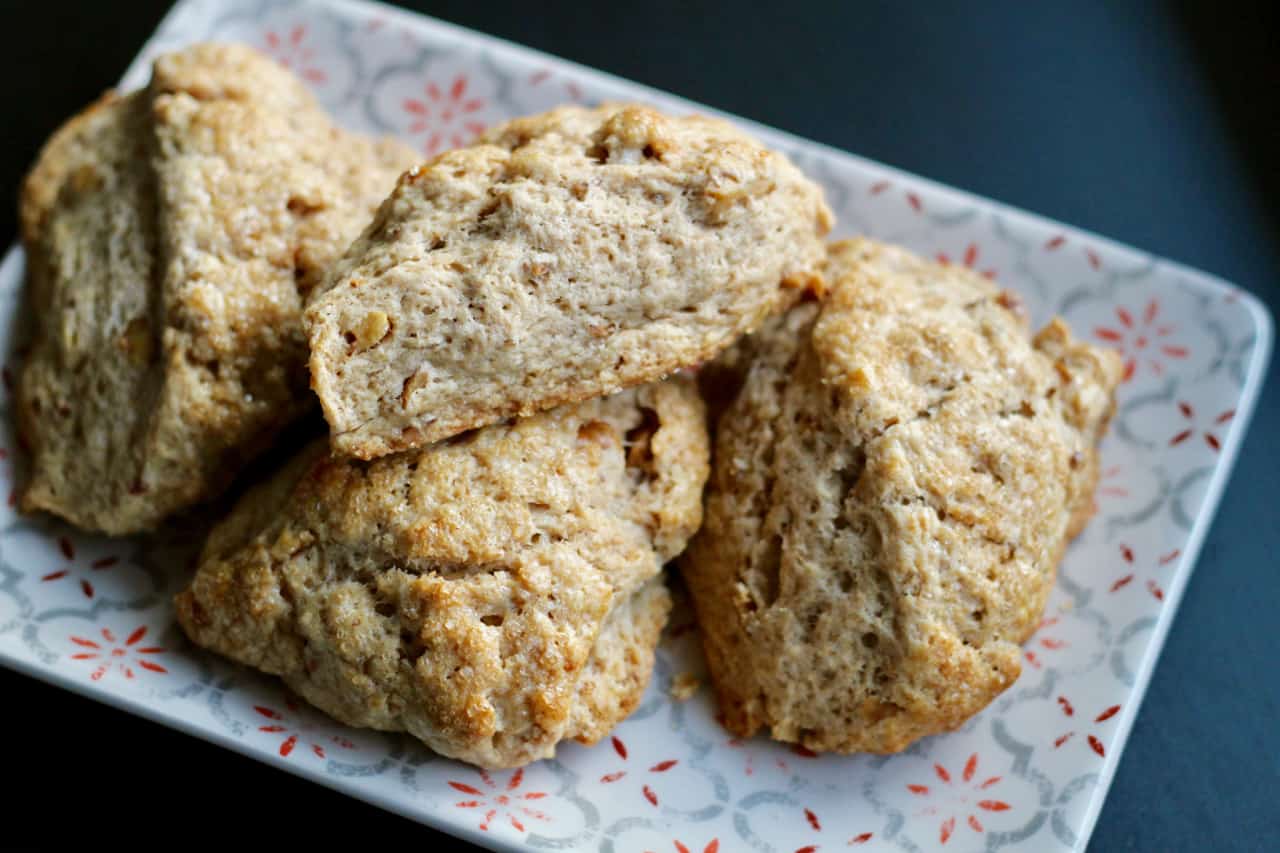
I need a Scone Support Hotline. I love making, baking, smelling, holding, and eating scones– every possible sensory experience that can be had with scones, I want to have it. But for some reason, when I make them, they look like ugly lumps. Instead of prim little triangles, they just flop over into shapeless hunks of buttery deliciousness. Yes, fortunately they taste great, but I’d love to get my scones to the point of actually looking pretty as well. This week’s Baked Sunday Mornings recipe is Maple Walnut Scones from Baked: New Frontiers in Baking… and I think they might be the ugliest scones I’ve ever made. They were gone in a flash when I put them out at work, so I took that as a good sign, but really, I’d like to figure out why this seems to happen really frequently. I literally found only four scones that remotely looked like three-pointed shapes that I could justify photographing, and the rest were so ugly!
The scones come together easily and all by hand. I learned a butter-cutting technique in a pie-making class recently where you make “flakes” of butter rather than round (“pea-sized”) chunks, by simply rubbing the butter into the flour– this is really easy/natural to do when smashing the butter pieces between your fingers and it creates flakier layers than round pieces. I don’t think this was responsible for my floppy scones, by the way– it’s happened many times before. I rubbed the butter like this into the dry ingredients (flour, sugar, baking powder, baking soda, salt, cinnamon). I also added the chopped toasted walnuts at this stage, rather than at the end to minimize overhandling of the dough at the end.
The next step is adding buttermilk, an egg, and maple extract (whisked together) to the flour/butter/walnut mix, and to knead everything into a cohesive dough. As with all scone dough, it’s best to handle it as little as possible, lest your scones turn into paperweights. The dough was very sticky and a little annoying to work with, but I guess there’s no other way for scone dough to be when mixing by hand, right?
I then split the dough in half and formed each piece into a round, which I cut into 8 wedges rather than the prescribed 6, given that when I made the Sour Lemon Scones a few months ago, they were huge. (The recipe mentioned that these are pretty substantial.)
I brushed the wedges with buttermilk and sprinkled them with turbinado sugar, then put them in the fridge for 20 minutes to firm up a little. Finally, I sent them off to the oven for 25 minutes. Then came the moment of truth: Would they keep their shape or do the usual flop-over?
Sadly… after a few minutes in the oven, they did, indeed, flop over. Honest to god, I have no idea what I am doing wrong. I was curious to see how the other bakers’ scones turned out, and it looks like mine are the only jacked-up ones. Also… I completely spaced on making the maple syrup glaze! I was making another recipe at the same time and also racing the clock for photos in natural daylight (the struggle is real), and I completely forgot until I saw the others’ scones.
Despite their appearance and the missing glaze, I loved these scones. The maple, walnuts, and cinnamon were just perfect, and the texture was light and flaky with a great scone-y crumble. I think they’re ideal for the Fall especially. The only thing I would tweak in the flavor is to add a touch more sugar and salt; I think it’s worth remaking this recipe once I can figure out how to fix the shaping issue. Actually, when I add the glaze it might balance out the sweetness.
Although I seem to be scone-impaired, I highly recommend that you give these a try– they’re pretty fab. Find the recipe for Maple Walnut Scones at Baked Sunday Mornings, and take a peek at the much-better-looking scones of my fellow BSMers!
© Dafna Adler & Stellina Sweets, 2018.
SaveSaveSaveSaveSaveSave







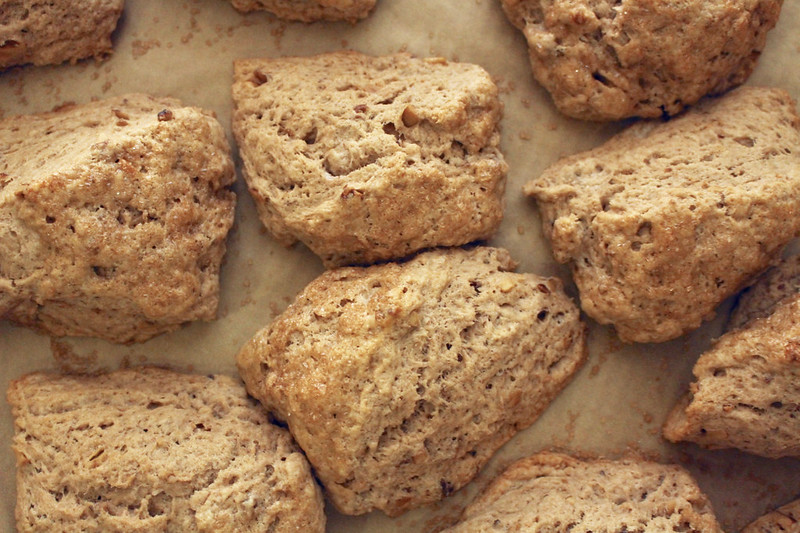
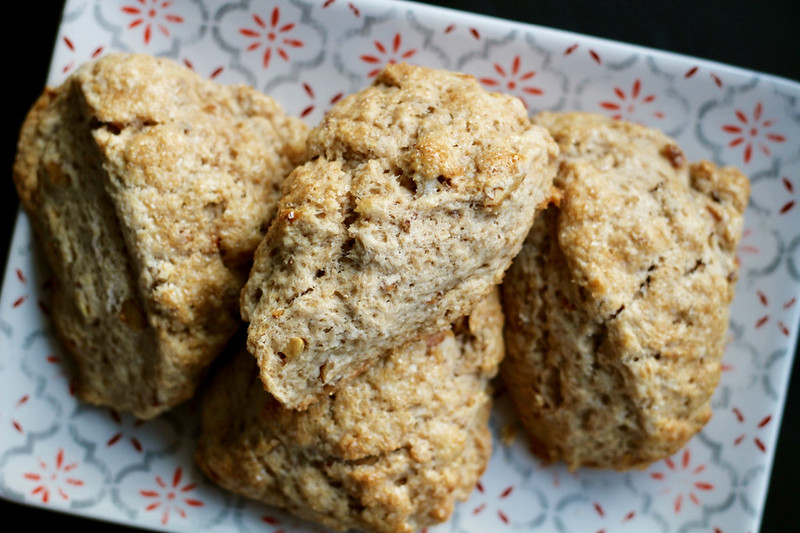


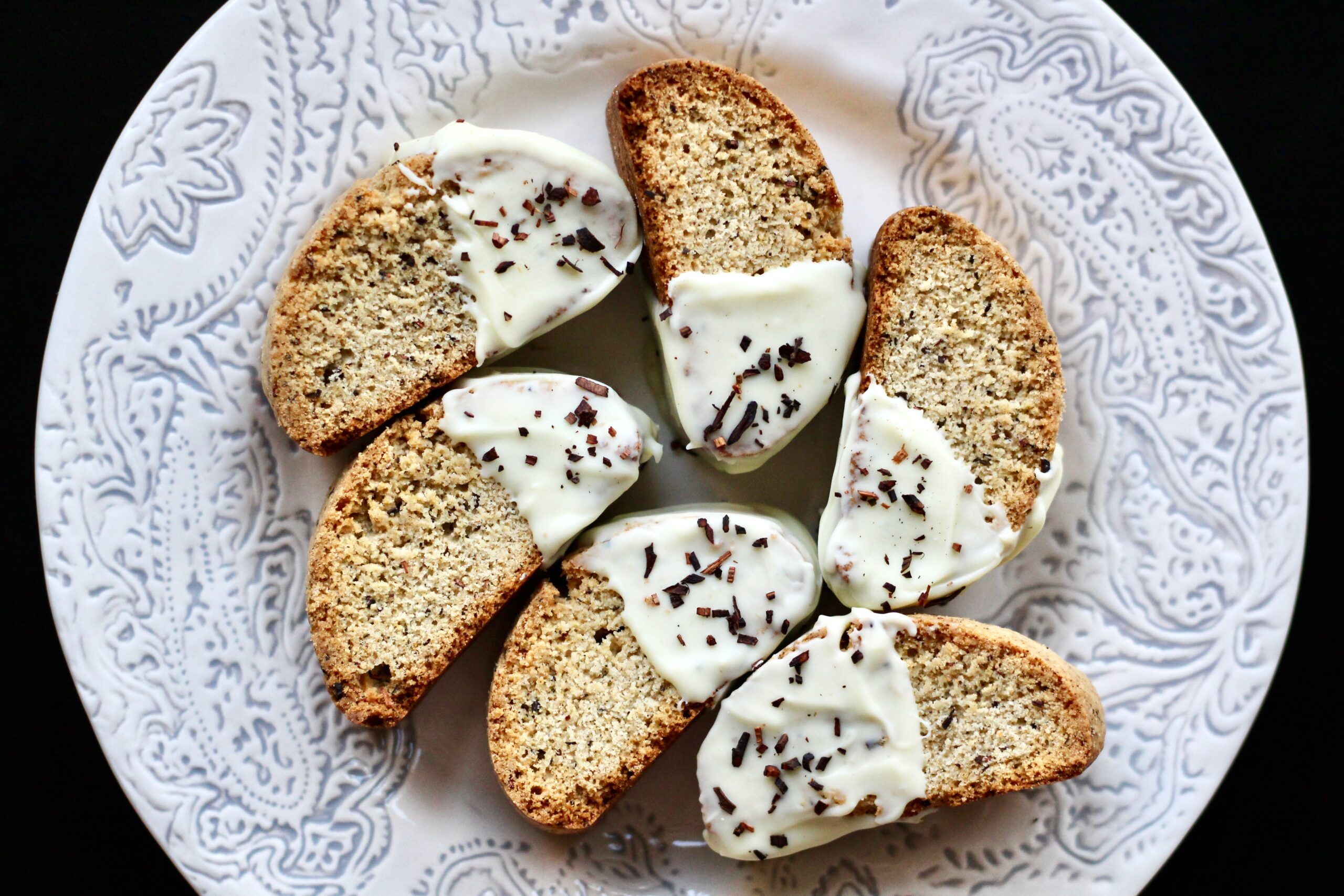
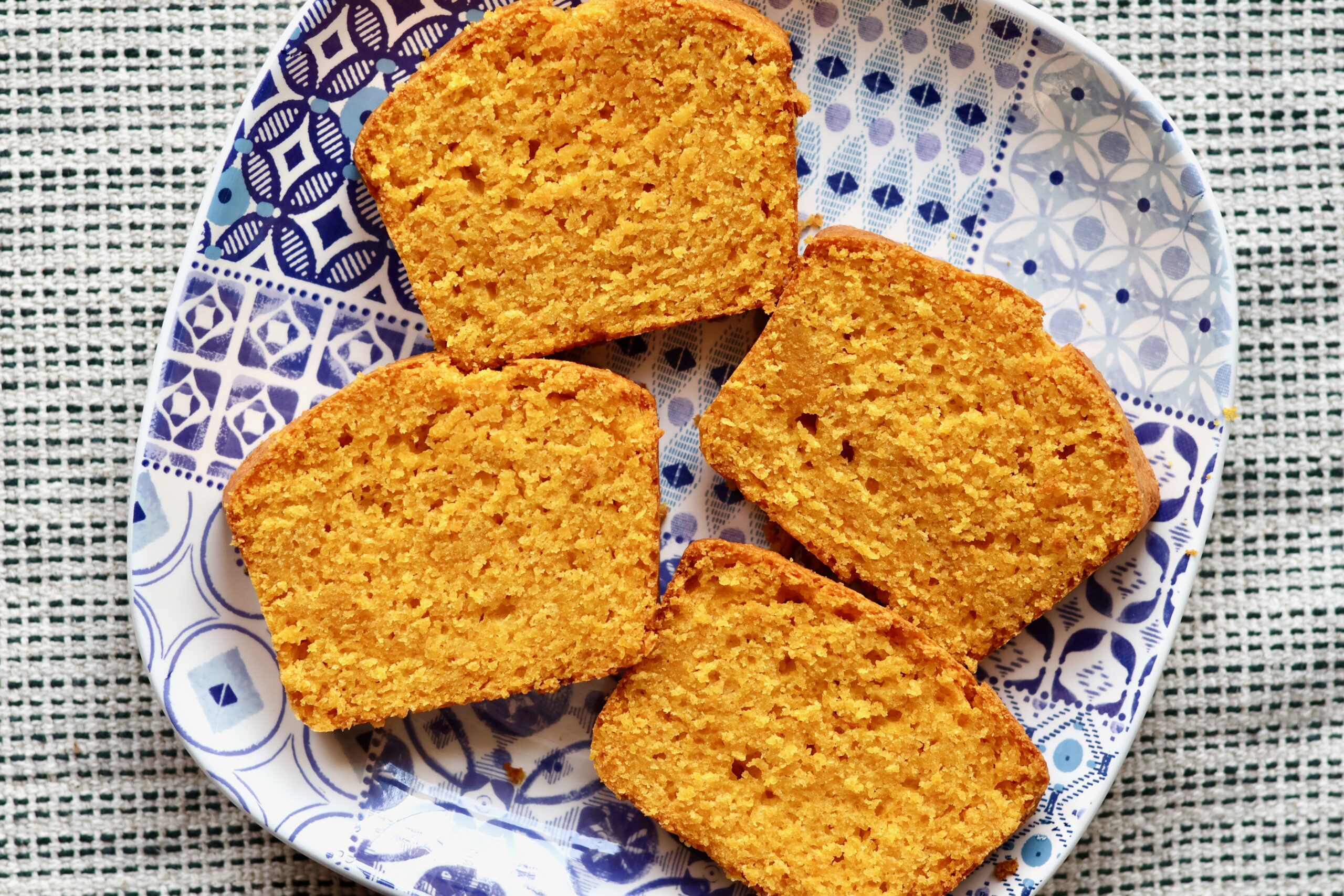
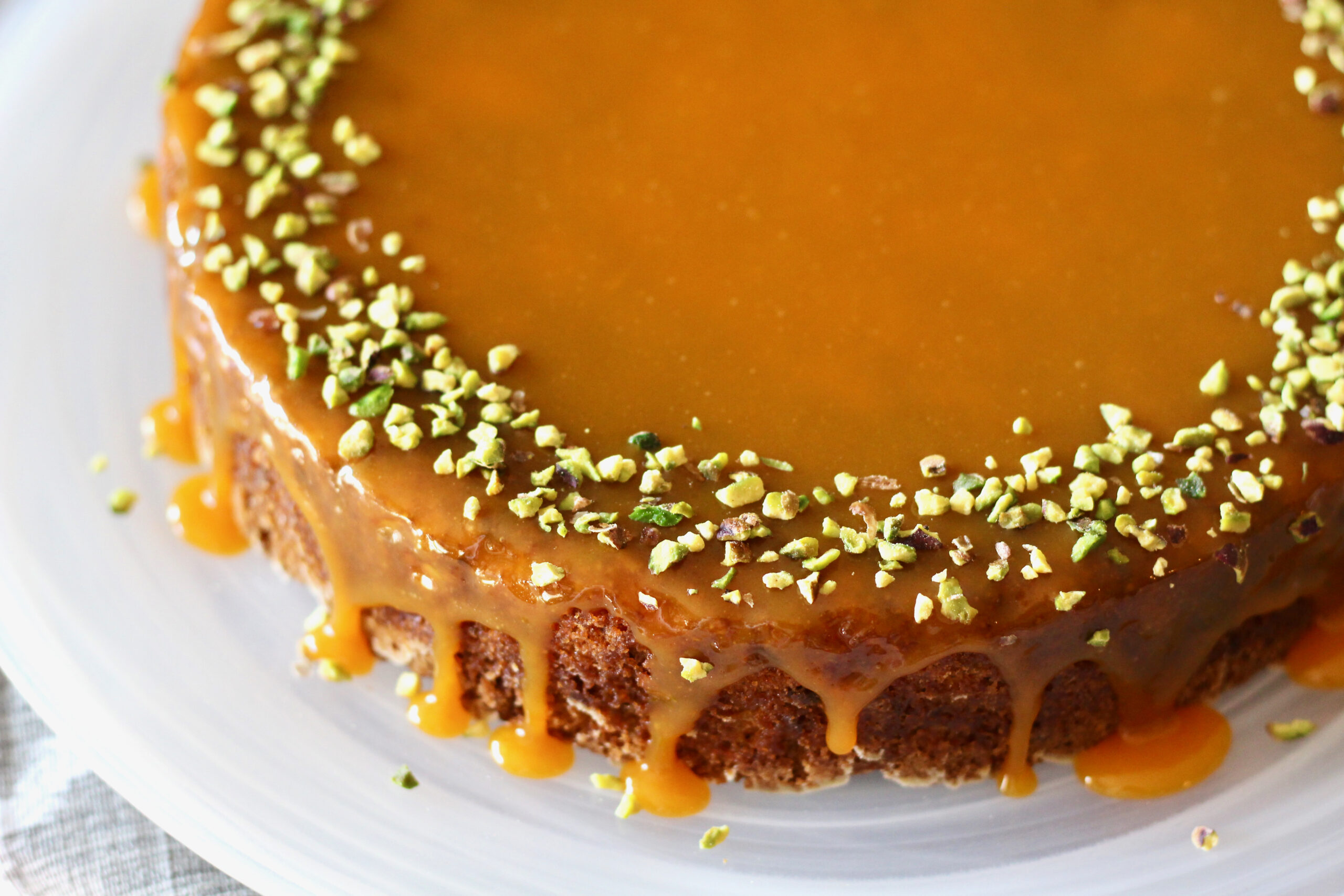
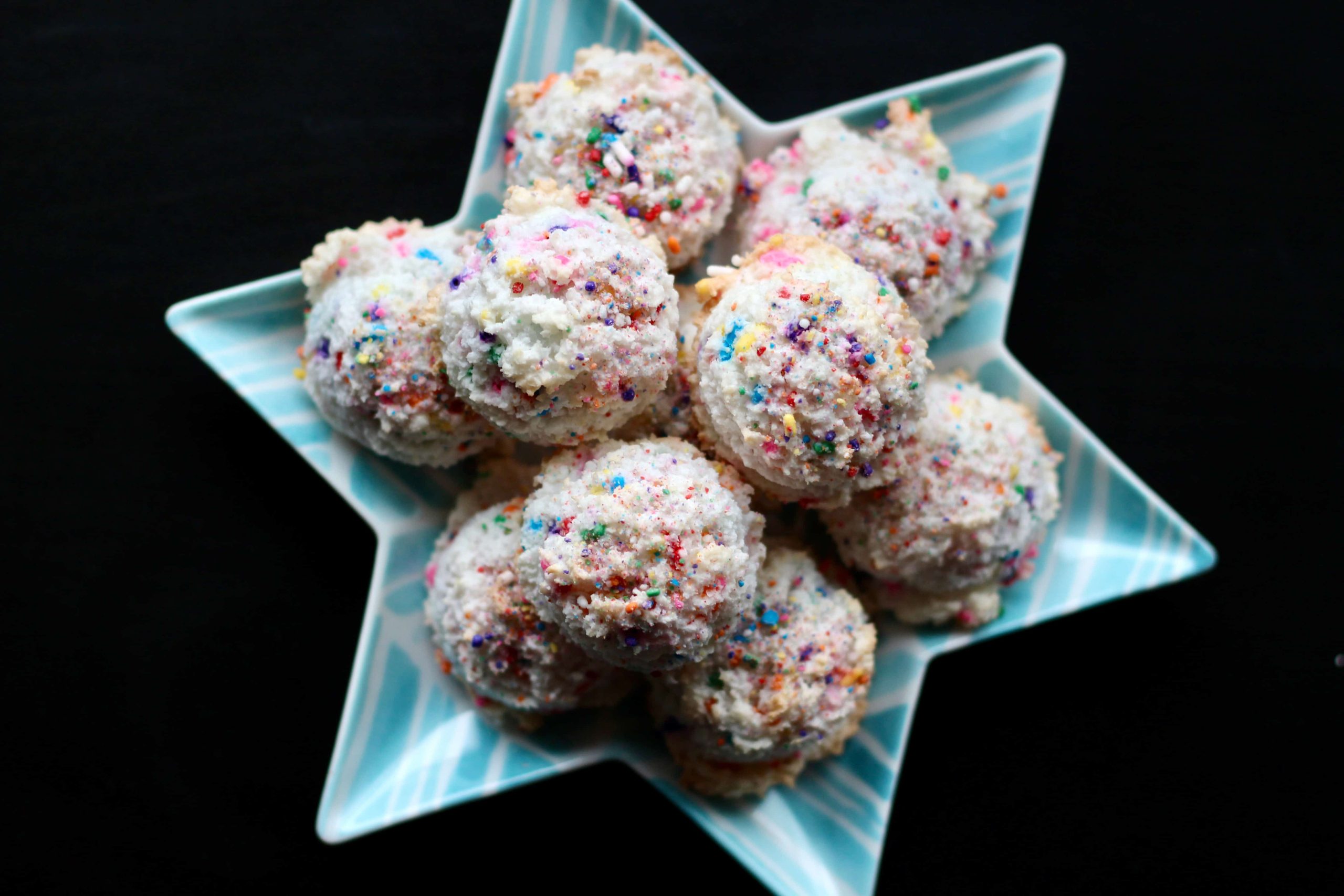
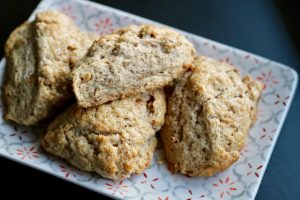

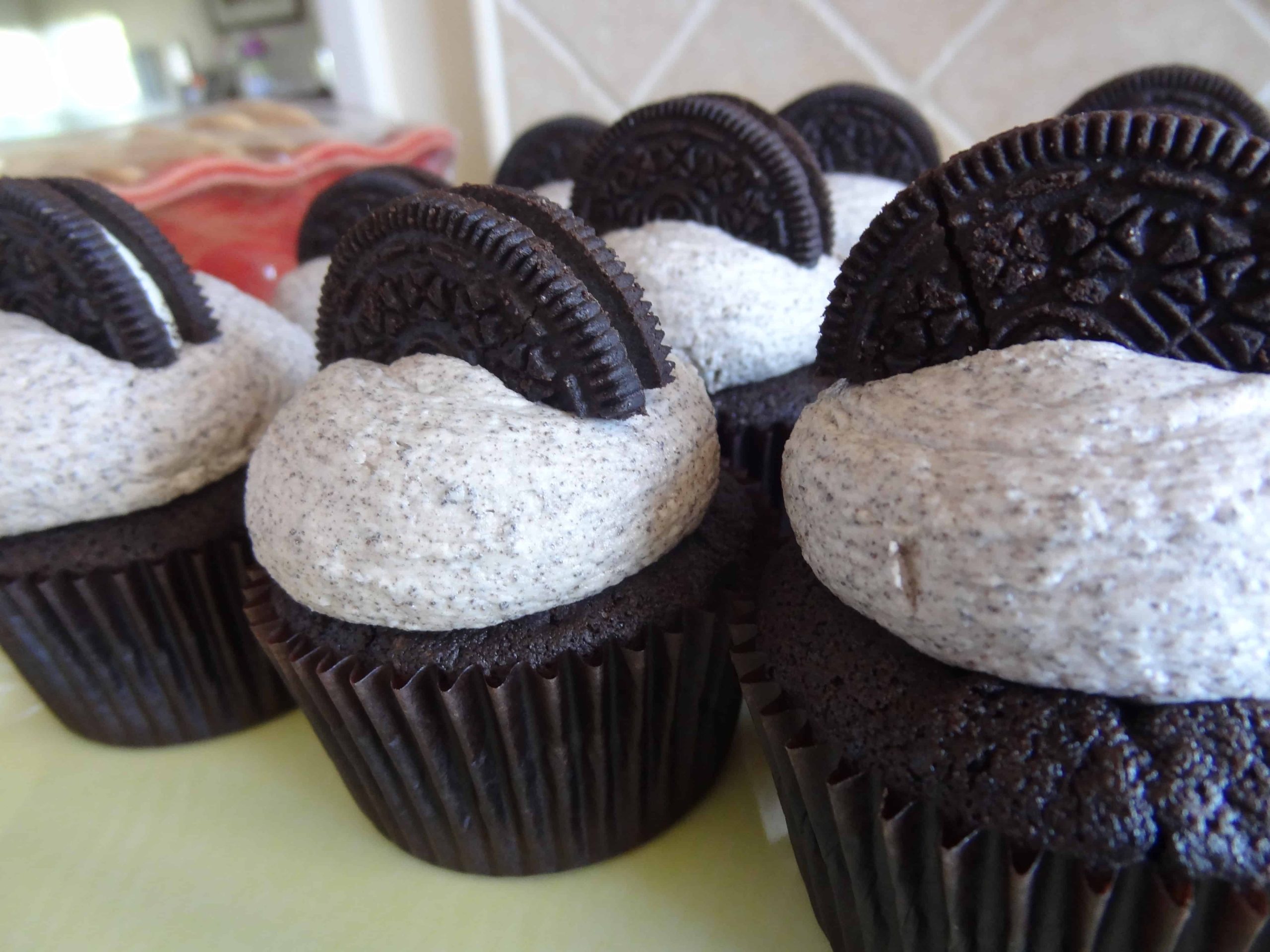

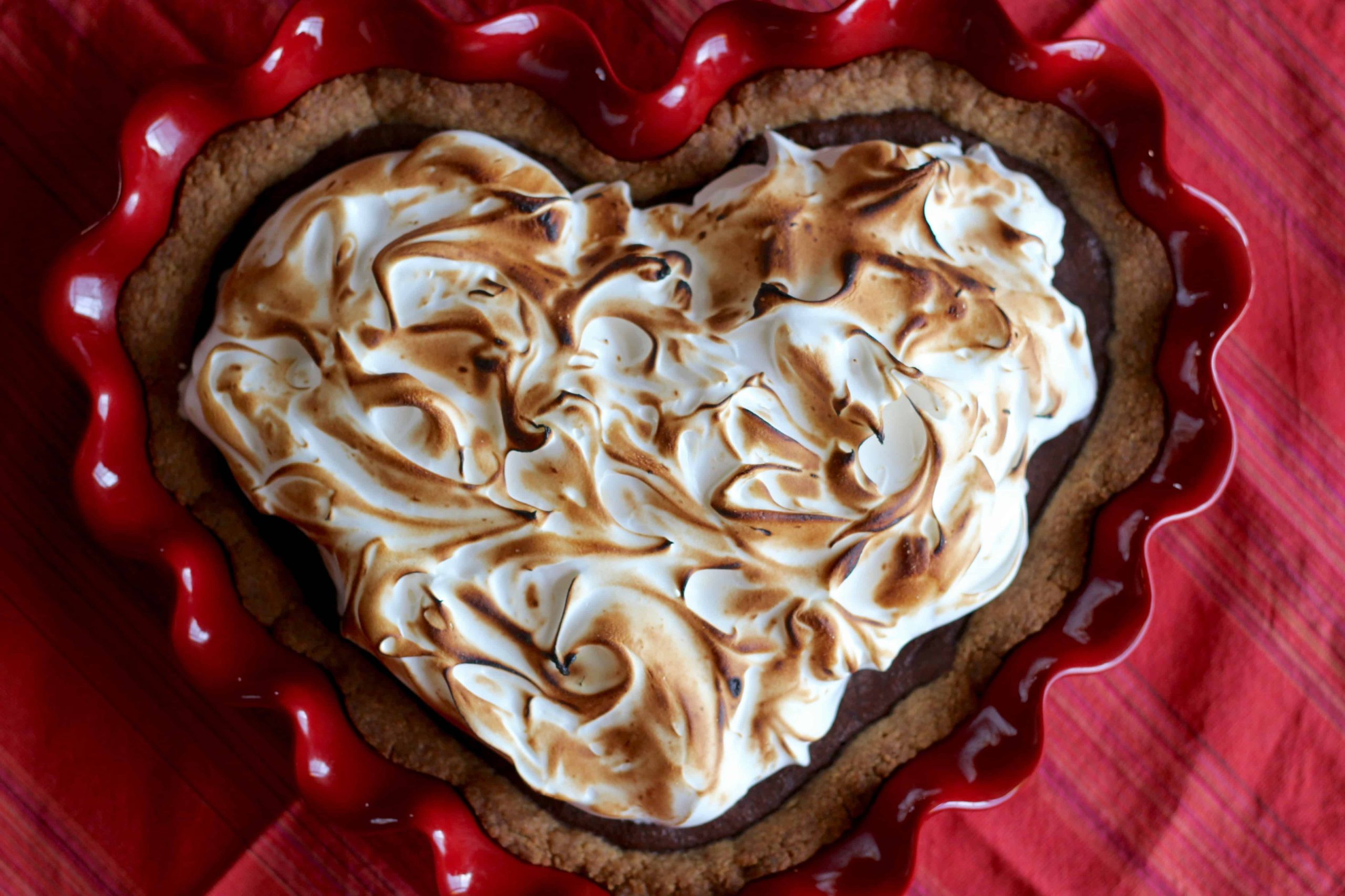
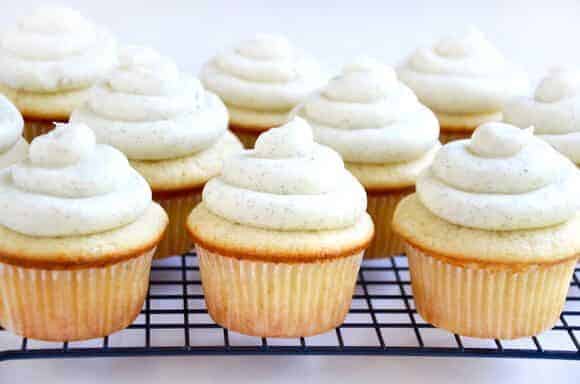
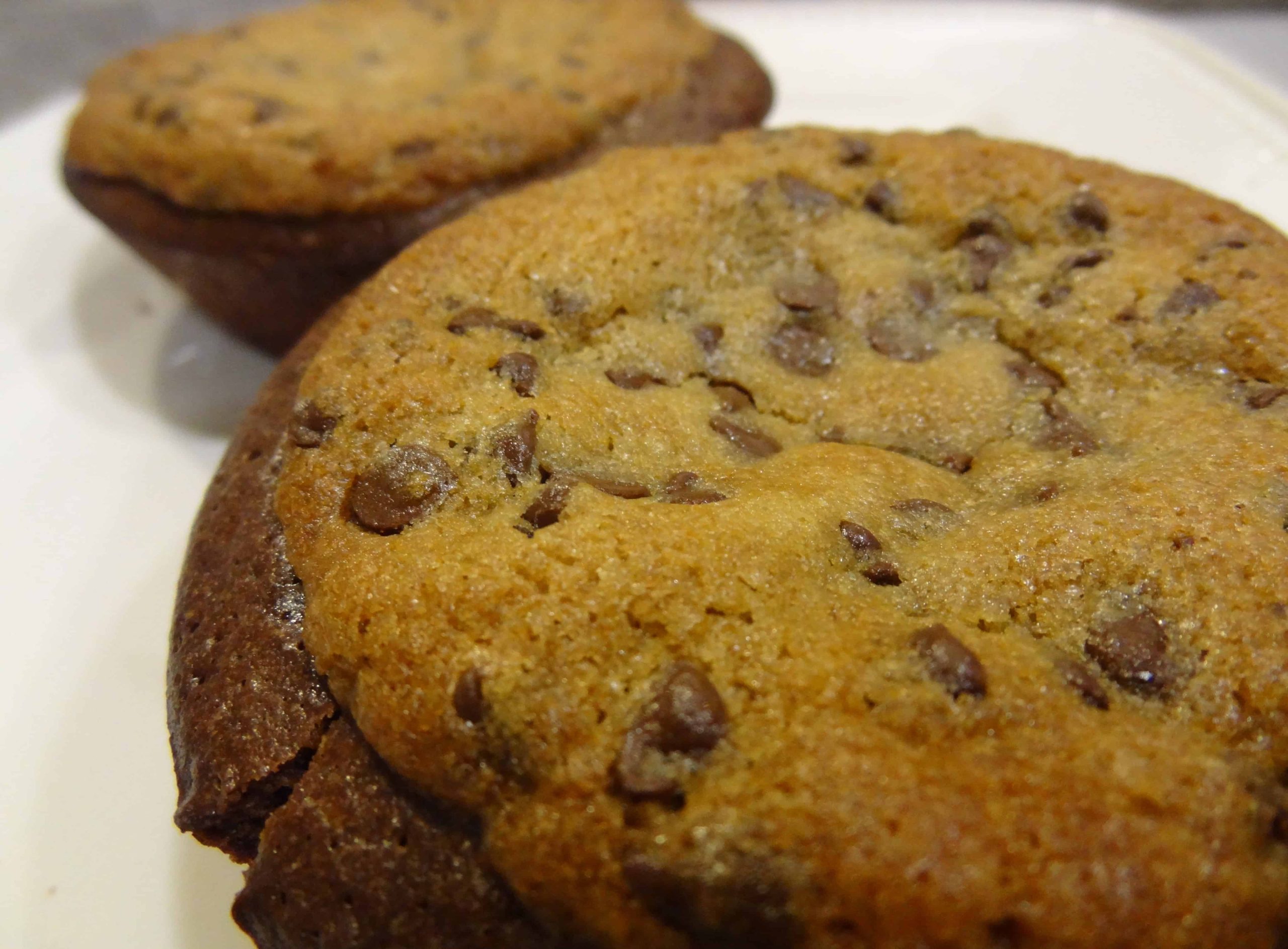

4 Responses
Floppy or not, I think the scones look great! I’ve also had floppy scones in the past (even when I freeze or chill them first) and have no idea what causes this problem… I would also like to know! The glaze is delicious, by the way — I thought it added a lot to the scones.
I have floppy scones too! Especially when I sub in some almond flour, which makes me wonder if they need more structure-maybe we should try working the dough a little more than we are, maybe a few kneads, enough to lend structure but not enough to toughen…
Hi Amy! I’m glad it’s not just me who’s scone-impaired. Interesting about the almond flour— I’ve never tried that. Yes, perhaps a little more kneading is in order. I always try to be as gentle as possible, but maybe it’s not enough. I’d like to try making these again since I completely spaced on making the glaze. We’ll see…